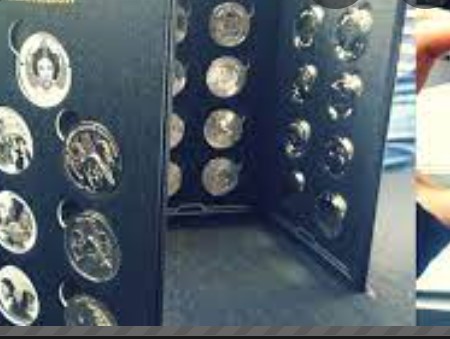The Best Ways To Use LED Lighting On Your Farm

LED lighting is becoming one of the most popular ways to light up a farm. This article shows you how to get started with LED lighting in your poultry farm to make the experience more efficient and effective.
Why LED lighting is important to farms
LED lighting is becoming increasingly important to agricultural producers because it provides many advantages over traditional lighting systems. For example, LED lights are energy-efficient, durable, and have a long lifespan. They produce little heat, which is beneficial in humid environments, and they can be controlled with software or hardware to provide the best light for specific tasks.
LEDs are also very cheap to operate, making them an attractive option for small farms that want to upgrade their lighting system but don’t want to invest much money. They also emit less blue light than other types of lighting, which can benefit animals who require a dark environment during sleep or when predators are active.
Many different types of LED lights are available on the market today, so it’s important to choose the right one for your needs. Some popular options include white LED lights, which are good for general illumination; blue LED lights, which are ideal for lowering animal stress levels; and red LED lights, which are useful for warning animals of danger or determining the time of day.
Advanced farming techniques
LED lighting in agriculture has grown steadily over the last few years, largely due to its many benefits. Here are some of the key advantages:
- LEDs are much more energy-efficient than traditional light sources, so they’re a good choice if you want to save on your utility bills.
- LEDs emit a very narrow beam of light, which can be used to focus light onto specific areas or plants with precision. This makes them ideal for applications like horticulture and viticulture, where precise lighting is essential for yield and quality control.
- LEDs don’t produce heat, which makes them a good choice for areas where heat contamination is a concern (like near food crops).
- Finally, LEDs are long-lasting – typically lasting around 50,000 hours – so you can use them year-round without replacing them regularly.





